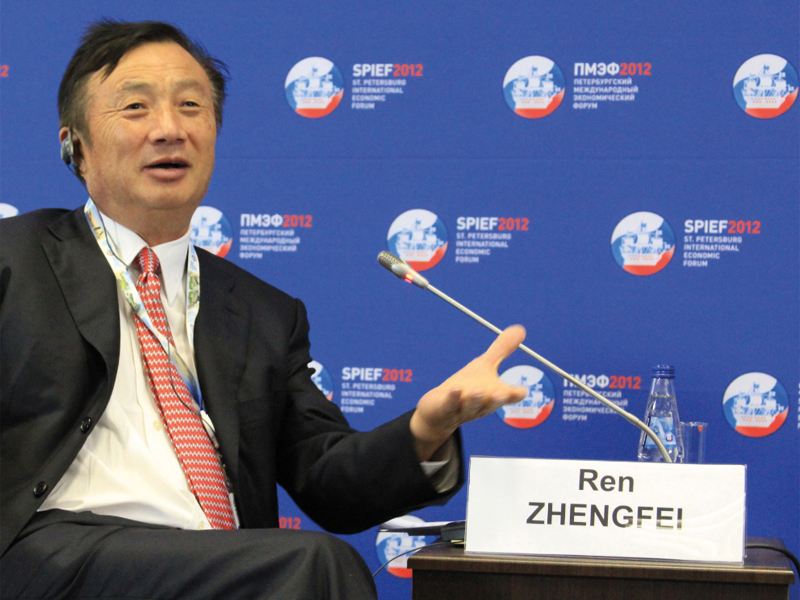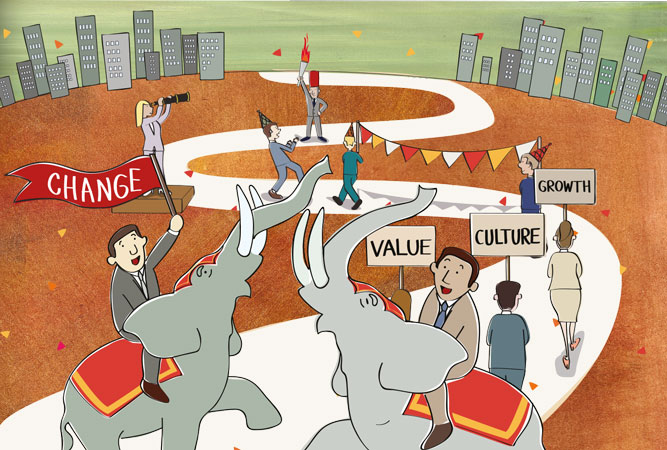By Michael Gravier, Christopher Roethlein, and John Visich
In today’s rapidly changing business landscape, supply chain leaders are being challenged by the profound effects of digital economy on the relationship between consumers and the supply chain. In this article, the authors elaborate on three crucial things, particularly connectedness, responsiveness and process, toward value creation as employed by successful businesses such as Norsk Titanium, a digital supply chain pioneer.
Too many supply chains are stuck in the 1990’s when it comes to the technology they use leaving them decades behind the foundations required for the digital economy. The scale and magnitude of the problem are hard to over-state. For example, evidence indicates that half of supply chain managers have yet to embrace Internet technology.1 Organisation for Economic Co-operation and Development (OECD) research into economic malaise in developed economies indicates that a few “frontier” firms are dominating in each industry – meaning top five percent in terms of labour productivity – their key distinguishing feature being their investment in IT.2 The difference between how frontier companies and laggards compensate employees may explain most of the wage gap that has appeared in many developed economies.
This is no longer a “digital economy that’s coming” – it has already begun and the leaders are delivering exponentially more value to their customers. Most modern companies have yet to comprehend how the digital economy will profoundly change the relationship between consumers and the supply chain. Technology is powerful, yet the principal challenge is for supply chain managers to change their strategic conviction. Too much current thinking focusses on efficiencies achieved by direct managerial control that leads to a sub-optimum supply chain. Future supply chain strategies will need to concentrate on shared control of decision making enabled by the application of advanced technologies to create lasting end-to-end supply chain competitive advantage.
About the Authors
 Michael Gravier is Associate Professor of Marketing and Supply Chain Management at Bryant University with a focus on logistics, supply chain management and strategy and international trade.
Michael Gravier is Associate Professor of Marketing and Supply Chain Management at Bryant University with a focus on logistics, supply chain management and strategy and international trade.
 Christopher Roethlein, Ph.D. is Professor of Operations Management at Bryant University with a focus on supply chain management, quality and strategy.
Christopher Roethlein, Ph.D. is Professor of Operations Management at Bryant University with a focus on supply chain management, quality and strategy.
 John K. Visich is Professor in the Management Department at Bryant University where he teaches courses in operations management, supply chain management and corporate social responsibility.
John K. Visich is Professor in the Management Department at Bryant University where he teaches courses in operations management, supply chain management and corporate social responsibility.
References
1. CapGemini, (2016). “The current and future state of digital supply chain transformation”, GT Nexus, pp.1-12.
2. Andrews, D., C. Criscuolo, and P. N. Gal, (2017), “The best vs the rest: The global productivity slowdown hides an increasing performance gap across firms”, VoxEU, European Union’s Center for Economic and Policy Research, available at http://voxeu.org/article/productivity-slowdown-s-dirty-secret-growing-performance-gap; Andrews, D, C Criscuolo, and P. N. Gal, (2016) “The Best versus the Rest: The Global Productivity Slowdown, Divergence across Firms and the Role of Public Policy”, OECD Productivity Working Papers No. 5, OECD Publishing, Paris.
3. Dawar, Niraj (2013), “When marketing is strategy”, Harvard Business Review, Vol. 91 No. 12, pp.100-108.
4. Naylor, J. B., Naim, M.M., and Berry, D. (1999), “Leagility: integrating the lean and agile manufacturing paradigms in the total supply chain,” International Journal of Production Economics, Vol. 62 No. 1/2, pp. 107-118.
5. Mason-Jones, R., Naylor, B., & Towill, D.R. (2000), “Engineering the leagile supply chain”, International Journal of Agile Management Systems, Vol. 2 No. 1, pp. 54-61.
6. Kopp, C. (2007), Assessing the F-22A Raptor. Technical Report APA-TR-2007-0105, Air Power, Australia.
7. Airbus (2017), Global market forecast: Growing horizons.Retrieved November 24, 2017, from http://www.airbus.com/content/dam/corporate-topics/publications/backgrounders/Airbus_Global_Market_Forecast_2017-2036_Growing_Horizons_full_book.pdf ; Boeing (2017), Current market outlook, 2015-2034. Retrieved November 24, 2017, from http://www.boeing.com/resources/boeingdotcom/commercial/market/current-market-outlook-2017/assets/downloads/2017-cmo-6-19.pdf
8. For example, Vitasek, Kate, and Karl Manrodt (2012), “Vested outsourcing: a flexible framework for collaborative outsourcing”, Strategic Outsourcing: An International Journal, Vol. 5 No. 1, pp. 4-14.
9. Arvai, Ernest (2016). “Farnborough 2016 Was Far From Boring – If You Knew Where To Look”, Air Insight,July 19. Retrieved November 30, 2017, from https://www.airinsight.com/premium-farnborough-2016-far-boring-knew-look/





























































































